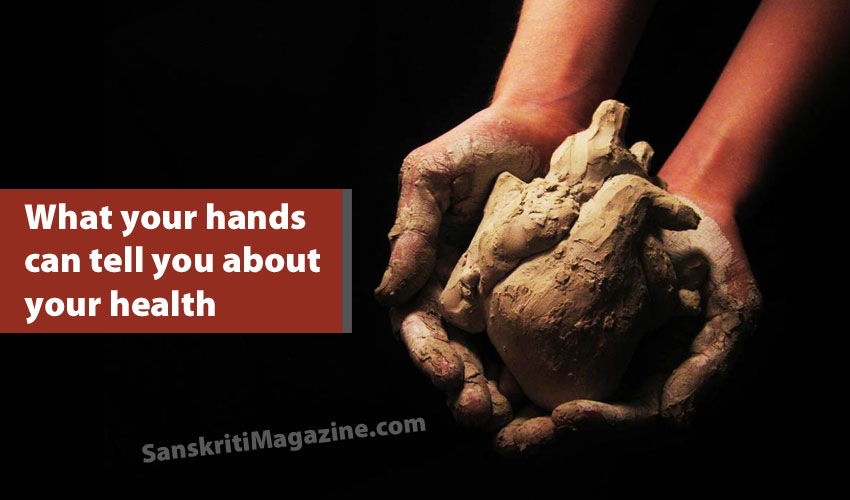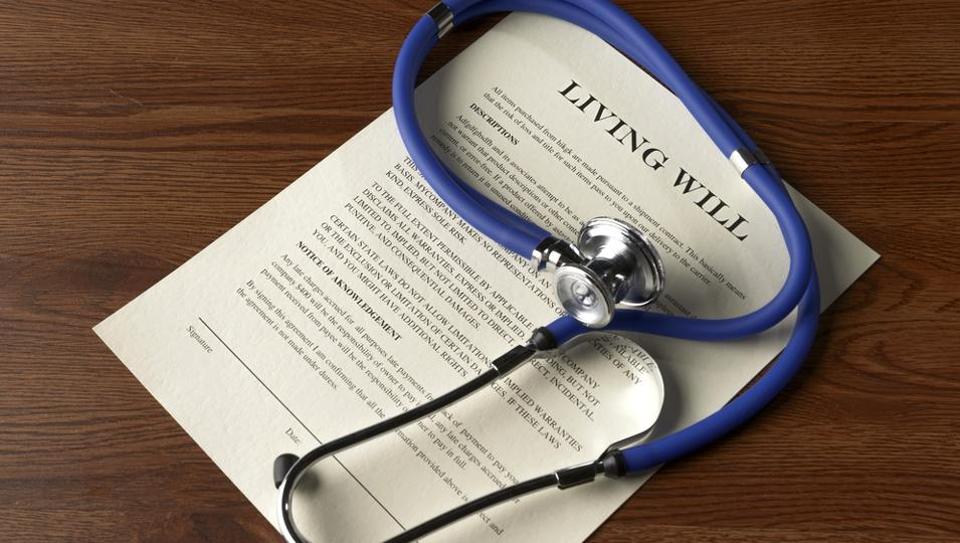You don’t have to go to a palm reader to learn about your future. Pay attention to the state of your mitts — your nails, skin, and fingers can indicate a variety of different conditions and issues all by themselves.
Discoloration Under the Nail
A brown or black streak under the nail could be acral melanoma, a skin cancer that most often strikes people with darker skin tone, says Dr. David J. Leffell, Chief, Section of Dermatologic Surgery & Cutaneous Oncology, Yale University School of Medicine and author ofTotal Skin.
The first sign may be a narrow, dark stripe under the nail that usually develops on the thumb or big toe, according to the AIM at Melanoma Foundation. You should get that checked out by a dermatologist immediately.
A red discoloration right in front of the cuticle under the nail could be a sign of an autoimmune disease, such as lupus orrheumatoid arthritis. See a rheumatologist.
Pale, White or Blue Fingertips
This could signal Raynaud’s disease, a painful circulatory condition in which your fingers, toes and tips of your nose or ears go numb when temperatures drop or when you are stressed. The small arteries that supply blood to extremities narrow, limiting blood supply. If not taken care of properly, the disease can cause tissue damage.
Make sure you wear insulated gloves and socks when venturing out into the cold. In severe cases, your doctor can prescribe vasodilators, which can relieve the artery spasm. (Rheumatologists are most familiar with the disease.) Avoid over-the-counter drugs that contain pseudoephedrine, which can make spasms worse.
Scaly Patches on Skin
See a dermatologist if you have red, rough patches that don’t heal or that come and go. They could be one of several things, explains Leffel:
- Precancerous growths (actinic keratosis) Look for a scaly, crusty, elevated lesion that is typically fairly small and can be mistaken for a wart. Usually benign, some can advance to squamous cell carcinoma. See a dermatologist who can remove it or provide a topical medical cream.
- Psoriasis This autoimmune disease creates thick red, scaly patches on the skin and pits on the nails. In mild cases, it can be dealt with by using over-the-counter moisturizers or prescription steroidal cream, which reduce redness and swelling. Severe cases may need phototherapy or oral medications.
- Eczema This chronic disease causes red, itchy skin that may become so dry that it cracks and bleeds. There is no known cause, but it may be related to genetics or allergies. It’s important to identify your eczema triggers — which can range from soaps and detergents to pollen and humidity levels — so you can avoid them. Moisturize daily and wear soft clothing that won’t irritate your skin. Use a humidifier in dry or cold weather.
Finger Lengths
Looking at your palm, measure the length of your ring and index fingers from the lowest crease on the base up to the flesh tip. Put it into a ratio formula of 2D:4D (2D = index finger, 4D = ring finger). Believe it or not, this ratio can tell you about several important health issues.
John T. Manning, a professor of psychology at Northumbria University, England, and author of The Finger Ratio, discovered that a lower 2D:4D (meaning the index finger is shorter than the ring finger) is associated with an increased risk of severe knee osteoarthritis.
Another British study found that men with a length of 4D greater than 2D may be at higher risk of prostate cancer.
A Chinese study discovered that patients with breast cancer had significantly higher 2D:4D ratios than controls.
Curved Nails
Soft nails that curve likes spoons can be a sign of iron-deficiency anemia, says Leffell. The condition, called koilonychias, can be due to malnutrition, gastrointestinal blood loss, worms, gastrointestinal malignancy or celiac disease. See your internist who can check your iron levels.
Clubbed Fingertips
In clubbing, the nail beds soften, the nails curve down and the ends of the fingers look big and bulbous. This is often due to a decrease in available oxygen in the body and could signal chronic lung disease and lung cancer. “We see it often in longtime smokers,” says Leffell. See a pulmonologist for a screening.
Swollen Fingers and Hands
Relatively harmless factors, like too much salt in your diet, hormone cycles, and dehydration can lead to swollen fingers. But swelling and stiffness can be caused by other more serious issues, such as hypothyroidism, rheumatoid arthritis, low albumen or protein, mixed connective tissue disease and systemic sclerosis. See an internist or rheumatologist for diagnosis.











